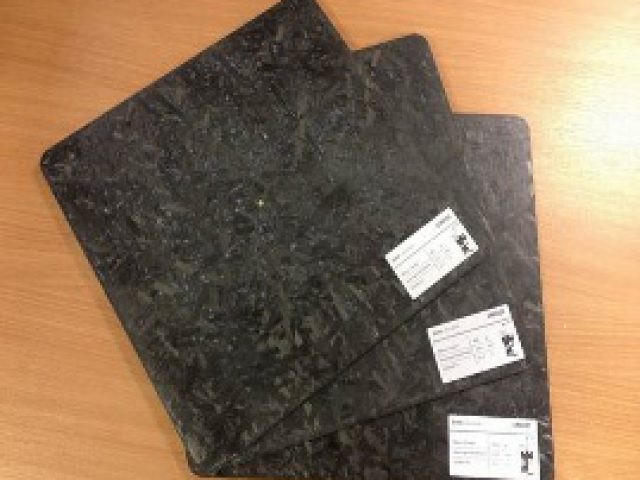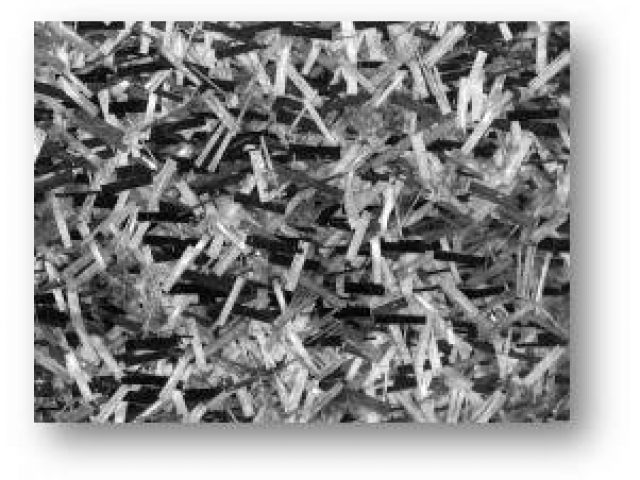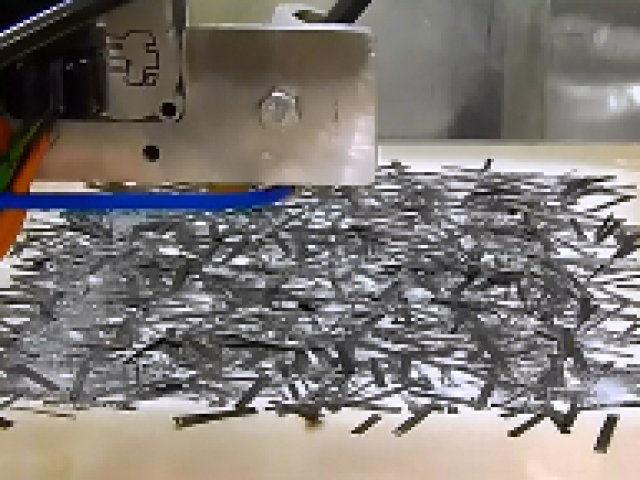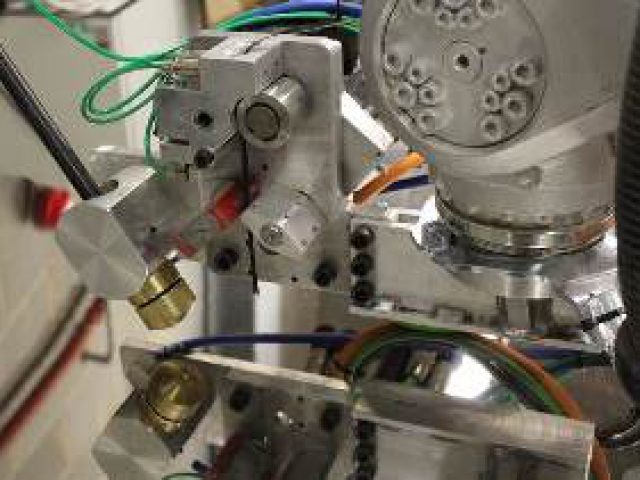
Compression Moulding of Multi-Architecture Composites
Lead Investigator: Nick Warrior
Aims
High-rate compression moulding, or stamping, offers probably the fastest production route for composites, but the mechanical properties of stamped parts are currently limited by the low fibre volume fractions achievable, the discontinuous form of the fibres and the process-induced fibre orientation. This project aims to improve the mechanical properties of compression moulded or stamped composite components by incorporating preforms of continuous fibres in selected regions. The project will deliver a new, optimised processing technology for stamped multi-architecture components and a supporting process model for shell and enclosed structures using placed unidirectional fibres and textile and/or braided performs.
Progress
The project builds on the existing CIMComp projects of Embedded Inserts and Innovative Preforms and Complex Geometry, utilising equipment funded by the Centre. The research started in April 2014 and is based on seven Work Packages. Key deliverables from the academic partners are: 1) Deliver structural and process models based on existing laboratory hardware and discontinuous fibre network and topology optimisation routines. 2) Produce preforms for enclosed structures by developing a novel braid-winding technique. 3) Deliver the engineering science behind the incorporation of directed tows and inserts and define the practical limits for the volume fractions and architectures of the reinforcement elements.
Technology deliverables from the project are:
- Novel preforms for structural applications from low-cost processes (DCFP, braiding and winding) for high rate manufacturing processes.
- Incorporation of metallic fasteners, co-compression moulded with carbon fibre composite.
- Demonstration of large diameter preforms (eg. for aeroengine fan casing) with a relatively small (64-bobbin) braiding machine.
- Compression moulding process and mechanical performance understanding for complex, multiple reinforcement form components with embedded inserts.
- Validated models and demonstrated structural parts.
Knowledge of the factors influencing the mechanical performance of such materials, the relationship with manufacturing parameters and the cause of process-induced defects will provide greater confidence, enabling wider usage. This will support the exploitation of processes such as directed carbon fibre preforming (DCFP) and advanced carbon moulding compounds for structural applications in a wide range of industries, including automotive, marine, aerospace, defence and construction.



